Signed Apollo 14 Lunar Orbit Chart, bearing the signature of Edgar Mitchell.
The map shows the approach tracks along with landmarks and the landing site.
As the Lunar Module Pilot of Apollo 14, Mitchell spent nine hours working on the surface of the Lunar Surface in the Fra Mauro Highlands region, making him the sixth person to walk on the Moon.
"Prepared under the Direction of the Department of Defense By The Aeronatical Chart and Information Center United States Air Force For The Nationa. Aeronatics and Space Association. 1st Edition November 16, 1970
Apollo 14 was the third Apollo mission to reach the moon and the first immediately following the disastrous Apollo 13 mission. This mission targeted the same area as the ill-fated previous one: the Fra Mauro highlands. This was the first mission to land in lunar highlands and, as such, provided new scientific insights.
The mission was conducted by Alan Shephard, Edgar Mitchell, and Stuart Roosa, the first two of which landed on the moon while the third remained in lunar orbit. The presence of Alan Shephard in a space crew is notable as he was the first American in space. He had been grounded for several years due to inner ear problems and had been cleared to fly again two years prior to this 1971 mission. Upon landing, his first words were "and it's been a long way, but we're here."
This mission was the last of the "H-missions," two-day lunar missions. The final three lunar missions would be three-day ventures, involving slightly more sophisticated technology. During this mission, Shepherd and Mitchell ended up spending 33.5 hours on the moon, 9.5 of which outside the lander. In addition to scientific pursuits, Shepherd shot some golf with a makeshift golf club and two balls he had brought from earth, recorded in a video that still captivates the world.
Targeting the highlands was useful as the previous two missions had both landed in "mares," expansive young basaltic planes. Highlands appeared very different to astronomers, but their exact histories were unknown. The Fra Mauro highlands were targeted due to the presence of the Cone Crater, a recent impact that provided a natural borehole.
The samples collected by this mission were of particular geological importance for the insights they provided on meteoric history and surface flows of the moon. The samples were mostly breccia, a type of rock that can be produced by meteoritic impacts, useful for showing Fra Mauro was formed as a result of impact ejecta. The rocks collected in this area were substantially older than those collected in the mare areas of previous missions. These samples helped to put a lower bound on the age of the moon, much older than the age suggested measuring lunar retreat.
One of the samples collected by this rock, nicknamed "Big Bertha," was later shown to be a likely earth-sourced meteorite. This is determined from the presence of evolved minerals such as quartz and feldspar, in addition to the isotopic signatures of zircons. Dated to approximately four billion years, this ranks as one of the oldest terrestrial rocks, slightly younger than the 4.28 billion-year-old date given for the formation of the protoliths for some Canadian metamorphic rocks. Crucially, this rock has not been altered to such a high extent. This provides scientists with extensive information about the early earth, complementing the information gained from studying terrestrial rocks. If life already existed by the time this meteorite was ejected from the earth, it would have been able to survive the short moonward journey and would be an early short-lived example of extraterrestrial life.









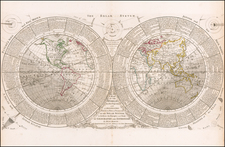
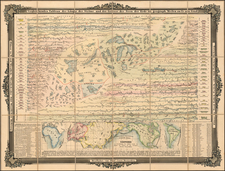
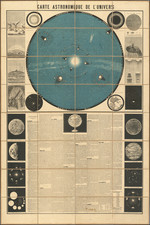
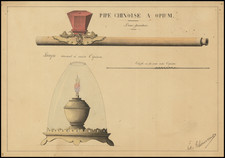
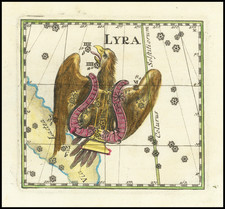
![[Auriga]](https://storage.googleapis.com/raremaps/img/small/83182.jpg)